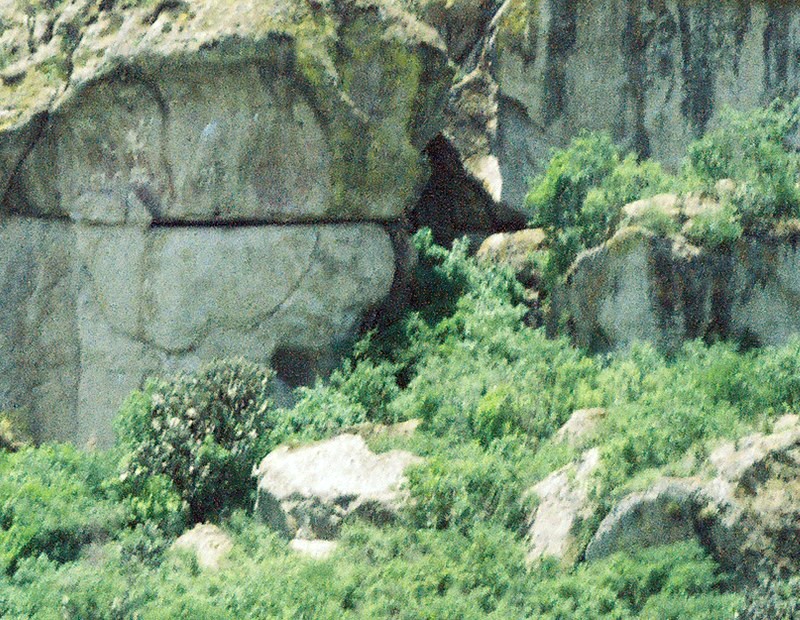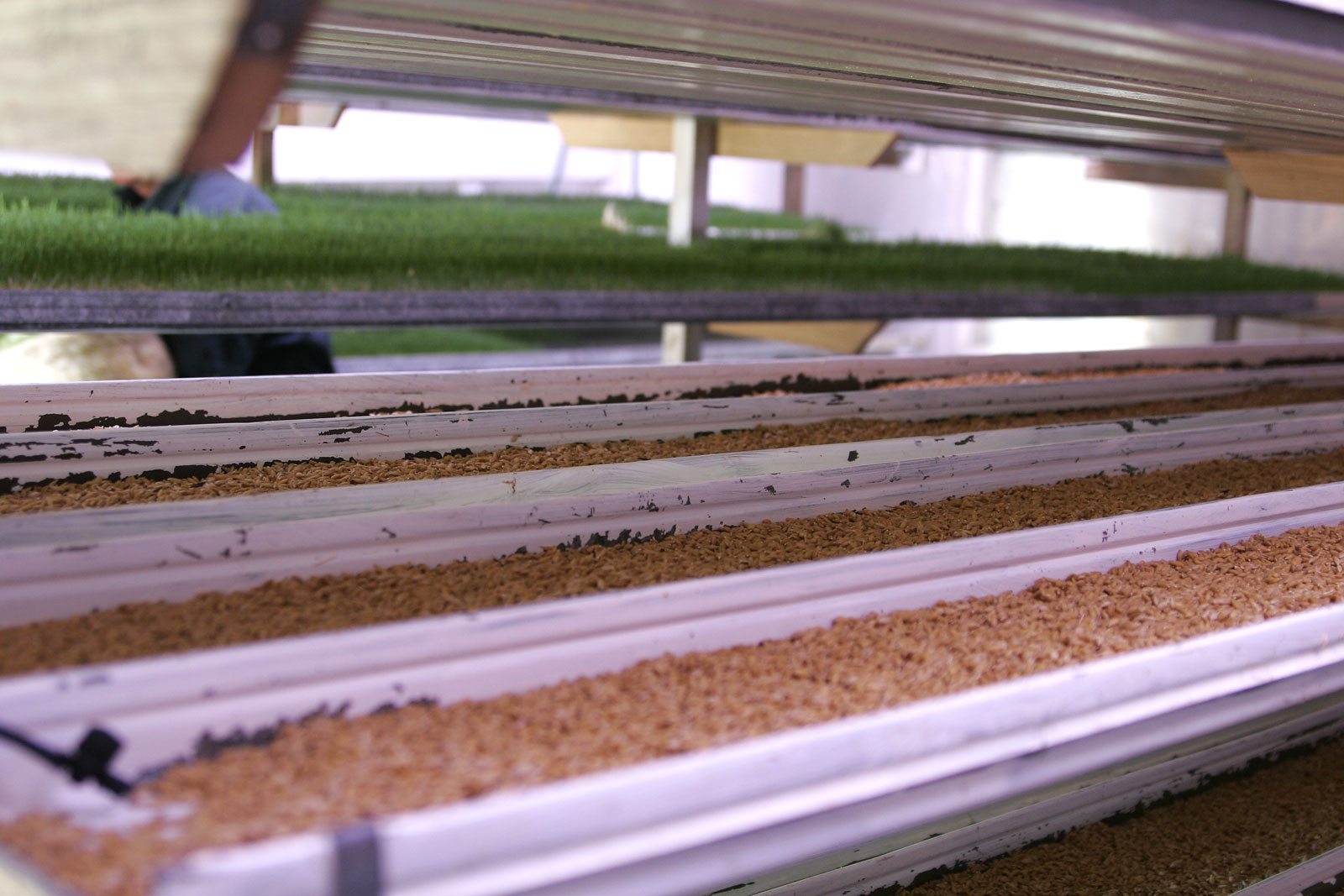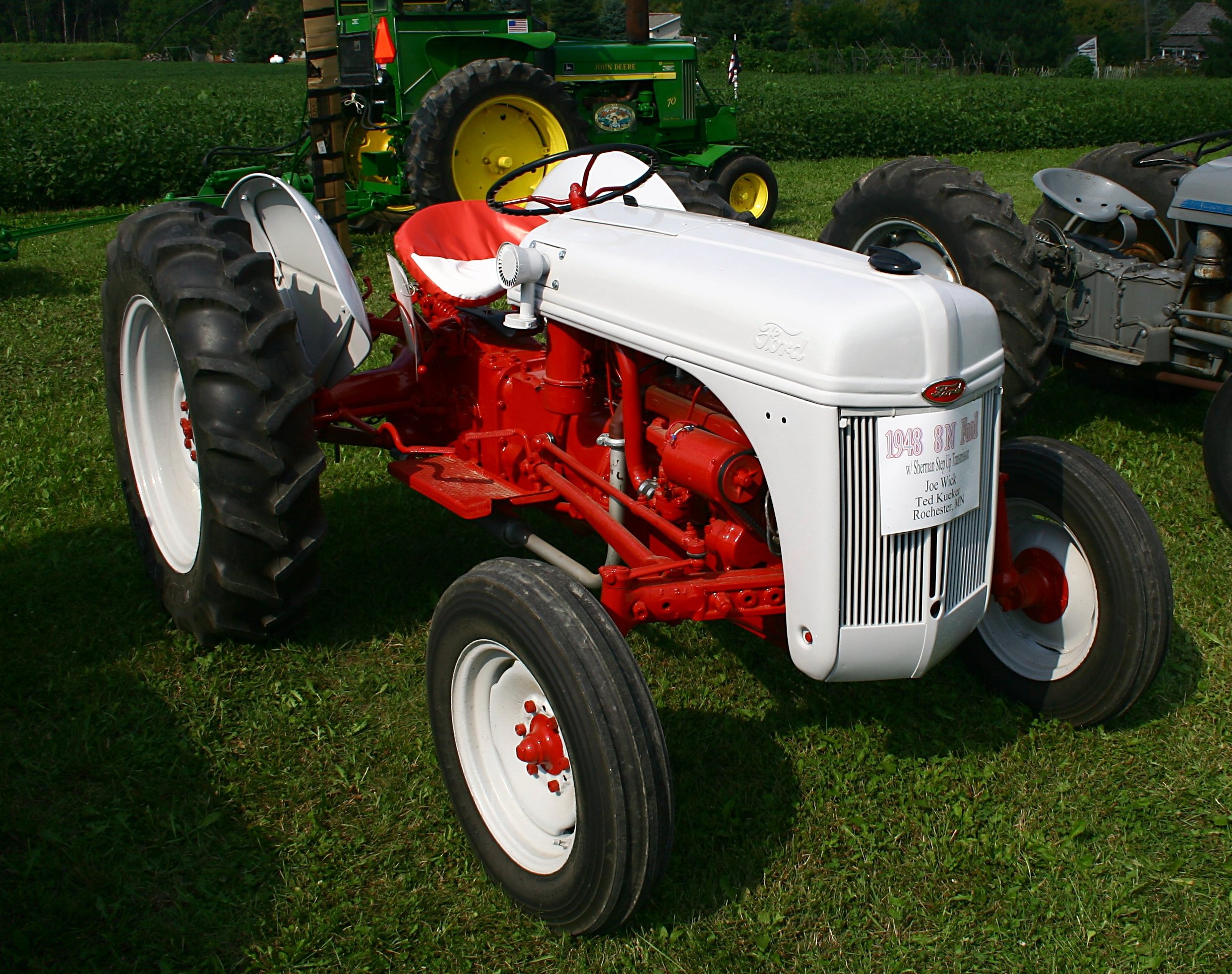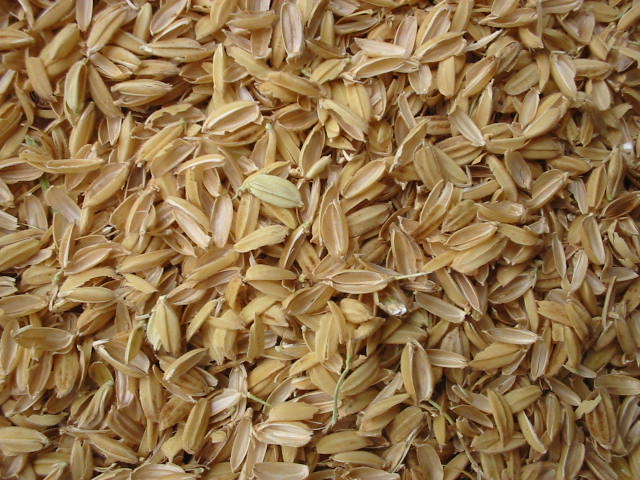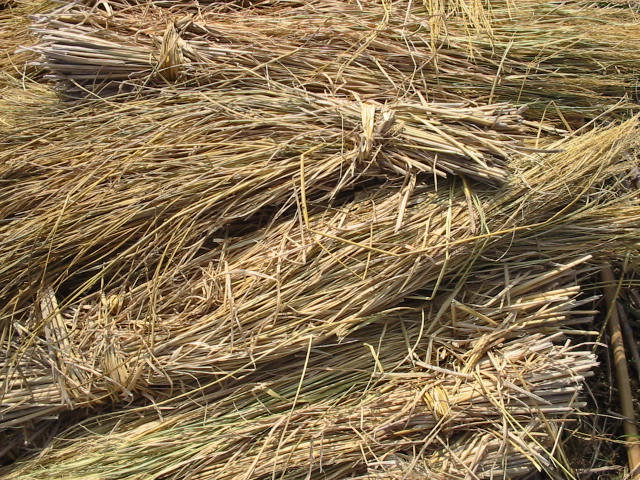|
Silage
Silage () is a type of fodder made from green foliage crops which have been preserved by fermentation to the point of acidification. It can be fed to cattle, sheep and other such ruminants ( cud-chewing animals). The fermentation and storage process is called ''ensilage'', ''ensiling'' or ''silaging''. Silage is usually made from grass crops, including maize, sorghum or other cereals, using the entire green plant (not just the grain). Silage can be made from many field crops, and special terms may be used depending on type: ''oatlage'' for oats, ''haylage'' for alfalfa (''haylage'' may also refer to high dry matter silage made from hay). Silage can be made using several methods, largely dependent on available technology, local tradition or prevailing climate. Production The crops most often used for ensilage are the ordinary grasses, clovers, alfalfa, vetches, oats, rye and maize. Many crops have ensilaging potential, including potatoes and various weeds, notably spu ... [...More Info...] [...Related Items...] OR: [Wikipedia] [Google] [Baidu] |
Baler
A baler or hay baler is a piece of farm machinery used to compress a cut and raked crop (such as hay, cotton, flax straw, salt marsh hay, or silage) into compact bales that are easy to handle, transport, and store. Often, bales are configured to dry and preserve some intrinsic (e.g. the nutritional) value of the plants bundled. Different types of balers are commonly used, each producing a different type of balerectangular or cylindrical, of various sizes, bound with twine, strapping, netting, or wire. Industrial balers are also used in material recycling facilities, primarily for baling metal, plastic, or paper for transport. History Before the 19th century, hay was cut by hand and most typically stored in haystacks using hay forks to rake and gather the scythed grasses into optimal sized heapsneither too large, promoting conditions favourable for spontaneous combustion, nor too small, which would mean much of the pile is susceptible to rotting. These haystacks lifte ... [...More Info...] [...Related Items...] OR: [Wikipedia] [Google] [Baidu] |
Forage Harvester
A forage harvesteralso known as a silage harvester, forager or chopperis a farm implement that harvests forage plants to make silage. Silage is grass, corn or hay, which has been chopped into small pieces, and compacted together in a storage silo, silage bunker, or in silage bags. It is then fermented to provide feed for livestock. Haylage is a similar process to silage but using grass which has dried. Uses Forage harvesters can be implements attached to a tractor, or they can be self-propelled units. In either configuration, they comprise a drum (cutterhead) or a flywheel with a number of knives fixed to it that chops and blows the silage out of a chute of the harvester into a wagon that is either connected to the harvester or to another vehicle driving alongside. Towed harvesters are either single-chop, double-chop or precision-chop. Most larger machines also have paddle accelerators to increase material speed and improve unloading characteristics. Older machines were operat ... [...More Info...] [...Related Items...] OR: [Wikipedia] [Google] [Baidu] |
Maize
Maize ( ; ''Zea mays'' subsp. ''mays'', from es, maíz after tnq, mahiz), also known as corn ( North American and Australian English), is a cereal grain first domesticated by indigenous peoples in southern Mexico about 10,000 years ago. The leafy stalk of the plant produces pollen inflorescences (or "tassels") and separate ovuliferous inflorescences called ears that when fertilized yield kernels or seeds, which are fruits. The term ''maize'' is preferred in formal, scientific, and international usage as a common name because it refers specifically to this one grain, unlike ''corn'', which has a complex variety of meanings that vary by context and geographic region. Maize has become a staple food in many parts of the world, with the total production of maize surpassing that of wheat or rice. In addition to being consumed directly by humans (often in the form of masa), maize is also used for corn ethanol, animal feed and other maize products, such as corn starch a ... [...More Info...] [...Related Items...] OR: [Wikipedia] [Google] [Baidu] |
Fodder
Fodder (), also called provender (), is any agricultural foodstuff used specifically to feed domesticated livestock, such as cattle, rabbits, sheep, horses, chickens and pigs. "Fodder" refers particularly to food given to the animals (including plants cut and carried to them), rather than that which they forage for themselves (called forage). Fodder includes hay, straw, silage, compressed and pelleted feeds, oils and mixed rations, and sprouted grains and legumes (such as bean sprouts, fresh malt, or spent malt). Most animal feed is from plants, but some manufacturers add ingredients to processed feeds that are of animal origin. The worldwide animal feed trade produced tons of feed (compound feed equivalent) in 2011, fast approaching 1 billion tonnes according to the International Feed Industry Federation, with an annual growth rate of about 2%. The use of agricultural land to grow feed rather than human food can be controversial (see food vs. feed); some types of feed, ... [...More Info...] [...Related Items...] OR: [Wikipedia] [Google] [Baidu] |
Potato
The potato is a starchy food, a tuber of the plant ''Solanum tuberosum'' and is a root vegetable native to the Americas. The plant is a perennial in the nightshade family Solanaceae. Wild potato species can be found from the southern United States to southern Chile. The potato was originally believed to have been domesticated by Native Americans independently in multiple locations,University of Wisconsin-Madison, ''Finding rewrites the evolutionary history of the origin of potatoes'' (2005/ref> but later genetic studies traced a single origin, in the area of present-day southern Peru and extreme northwestern Bolivia. Potatoes were domesticated there approximately 7,000–10,000 years ago, from a species in the '' Solanum brevicaule'' complex. Lay summary: In the Andes region of South America, where the species is indigenous, some close relatives of the potato are cultivated. Potatoes were introduced to Europe from the Americas by the Spanish in the second half of th ... [...More Info...] [...Related Items...] OR: [Wikipedia] [Google] [Baidu] |
Galtür - Heuernte - Heuballen 02
Galtür is a village and ski resort in the upper Paznaun valley in Austrian state of Tyrol located in the Central Eastern Alps 35 km southwest of Landeck near the border of Vorarlberg and Switzerland. History Galtür was settled by the Engadiners from the south, the Walsers and Vorarlbergers from the west, and Tyroleans from the east. Today the cultivation work of the Engadiners is remembered in the name Galtür, meaning ''Cultura''. During the Thirty Years' War, Galtür was badly damaged. The church and many houses were burned down. The first roads leading through the Paznaun were built in the 19th century. During that period, Galtür consisted of a church, an inn, and eight houses, and was considered very poor. After the first hotel was built, the Jamtalhütte was soon constructed. With the advent of tourism, Galtür and the valley became prosperous. On February 23, 1999, an avalanche descended on Galtür. In less than 60 seconds, the wall of snow traveled at , and ... [...More Info...] [...Related Items...] OR: [Wikipedia] [Google] [Baidu] |
Front-loader
A loader is a heavy equipment machine used in construction to move or load materials such as soil, rock, sand, demolition debris, etc. into or onto another type of machinery (such as a dump truck, conveyor belt, feed-hopper, or railroad car). There are many types of loader, which, depending on design and application, are variously called a bucket loader, front loader, front-end loader, payloader, high lift, scoop, shovel, skip loader, wheel loader, or skid-steer. Description A loader is a type of tractor, usually wheeled, sometimes on tracks, that has a front-mounted wide bucket connected to the end of two booms (arms) to scoop up loose material from the ground, such as dirt, sand or gravel, and move it from one place to another without pushing the material across the ground. A loader is commonly used to move a stockpiled material from ground level and deposit it into an awaiting dump truck or into an open trench excavation. The loader assembly may be a removable attac ... [...More Info...] [...Related Items...] OR: [Wikipedia] [Google] [Baidu] |
Bale Wrapper
A bale wrapper is a farm implement for wrapping bales in plastic, for them to turn into silage. Bale wrappers come in three main forms - Turntable type, Satellite type and In-line Type. Satellite bale wrapper A satellite bale wrapper usually consists of hydraulic driven bale supporting rollers and a hydraulic driven rotating satellite arm which carries the plastic film roll and Dispensing unit. The rotation of the support rollers and the satellite arm are synchronized so that an even cover of plastic film is applied to the bale as the wrapping process takes place. High speed satellite wrappers have two rotating satellite arms which effectively halves the time taken to wrap a bale. Turntable bale wrapper The wrapper has a loading arm, much like a bale handler, at the side, that scoops up a bale and places it on the wrapping table. The wrapping table usually consists of two rollers, and four belts which slowly spin the bales while the table itself revolves. As the b ... [...More Info...] [...Related Items...] OR: [Wikipedia] [Google] [Baidu] |
Tractor
A tractor is an engineering vehicle specifically designed to deliver a high tractive effort (or torque) at slow speeds, for the purposes of hauling a trailer or machinery such as that used in agriculture, mining or construction. Most commonly, the term is used to describe a farm vehicle that provides the power and traction to mechanize agricultural tasks, especially (and originally) tillage, and now many more. Agricultural implements may be towed behind or mounted on the tractor, and the tractor may also provide a source of power if the implement is mechanised. Etymology The word ''tractor'' was taken from Latin, being the agent noun of ''trahere'' "to pull". The first recorded use of the word meaning "an engine or vehicle for pulling wagons or plows" occurred in 1896, from the earlier term " traction motor" (1859). National variations In the UK, Ireland, Australia, India, Spain, Argentina, Slovenia, Serbia, Croatia, the Netherlands, and Germany, the word "tracto ... [...More Info...] [...Related Items...] OR: [Wikipedia] [Google] [Baidu] |
Pressure
Pressure (symbol: ''p'' or ''P'') is the force applied perpendicular to the surface of an object per unit area over which that force is distributed. Gauge pressure (also spelled ''gage'' pressure)The preferred spelling varies by country and even by industry. Further, both spellings are often used ''within'' a particular industry or country. Industries in British English-speaking countries typically use the "gauge" spelling. is the pressure relative to the ambient pressure. Various units are used to express pressure. Some of these derive from a unit of force divided by a unit of area; the SI unit of pressure, the pascal (Pa), for example, is one newton per square metre (N/m2); similarly, the pound-force per square inch ( psi) is the traditional unit of pressure in the imperial and U.S. customary systems. Pressure may also be expressed in terms of standard atmospheric pressure; the atmosphere (atm) is equal to this pressure, and the torr is defined as of this. Manome ... [...More Info...] [...Related Items...] OR: [Wikipedia] [Google] [Baidu] |
Chaff
Chaff (; ) is the dry, scaly protective casing of the seeds of cereal grains or similar fine, dry, scaly plant material (such as scaly parts of flowers or finely chopped straw). Chaff is indigestible by humans, but livestock can eat it. In agriculture it is used as livestock fodder, or is a waste material ploughed into the soil or burned. Etymology "Chaff" comes from Middle English ''chaf'', from Old English , related to Old High German ''cheva'', "husk". Grain chaff In grasses (including cereals such as rice, barley, oats, and wheat), the ripe seed is surrounded by thin, dry, scaly bracts (called glumes, lemmas and paleas), forming a dry husk (or hull) around the grain. Once it is removed it is often referred to as chaff. In wild cereals and in the primitive domesticated einkorn,Potts, D. T. (1996) ''Mesopotamia Civilization: The Material Foundations'' Cornell University Press. p. 62. . emmer and spelt wheats, the husks enclose each seed tightly. Before the ... [...More Info...] [...Related Items...] OR: [Wikipedia] [Google] [Baidu] |
Straw
Straw is an agricultural byproduct consisting of the dry stalks of cereal plants after the grain and chaff have been removed. It makes up about half of the yield of cereal crops such as barley, oats, rice, rye and wheat. It has a number of different uses, including fuel, livestock bedding and fodder, thatching and basket making. Straw is usually gathered and stored in a straw bale, which is a bale, or bundle, of straw tightly bound with twine, wire, or string. Straw bales may be square, rectangular, or round, and can be very large, depending on the type of baler used. Uses Current and historic uses of straw include: * Animal feed **Straw may be fed as part of the roughage component of the diet to cattle or horses that are on a near maintenance level of energy requirement. It has a low digestible energy and nutrient content (as opposed to hay, which is much more nutritious). The heat generated when microorganisms in a herbivore's gut digest straw can be usefu ... [...More Info...] [...Related Items...] OR: [Wikipedia] [Google] [Baidu] |


